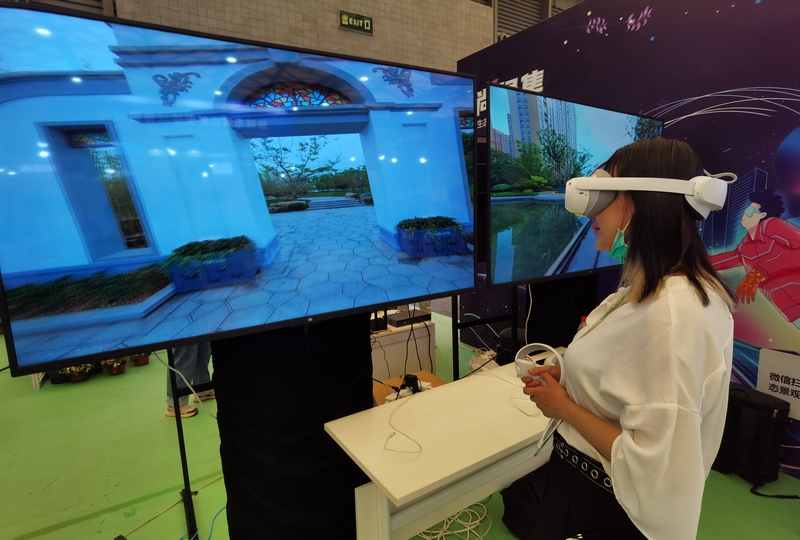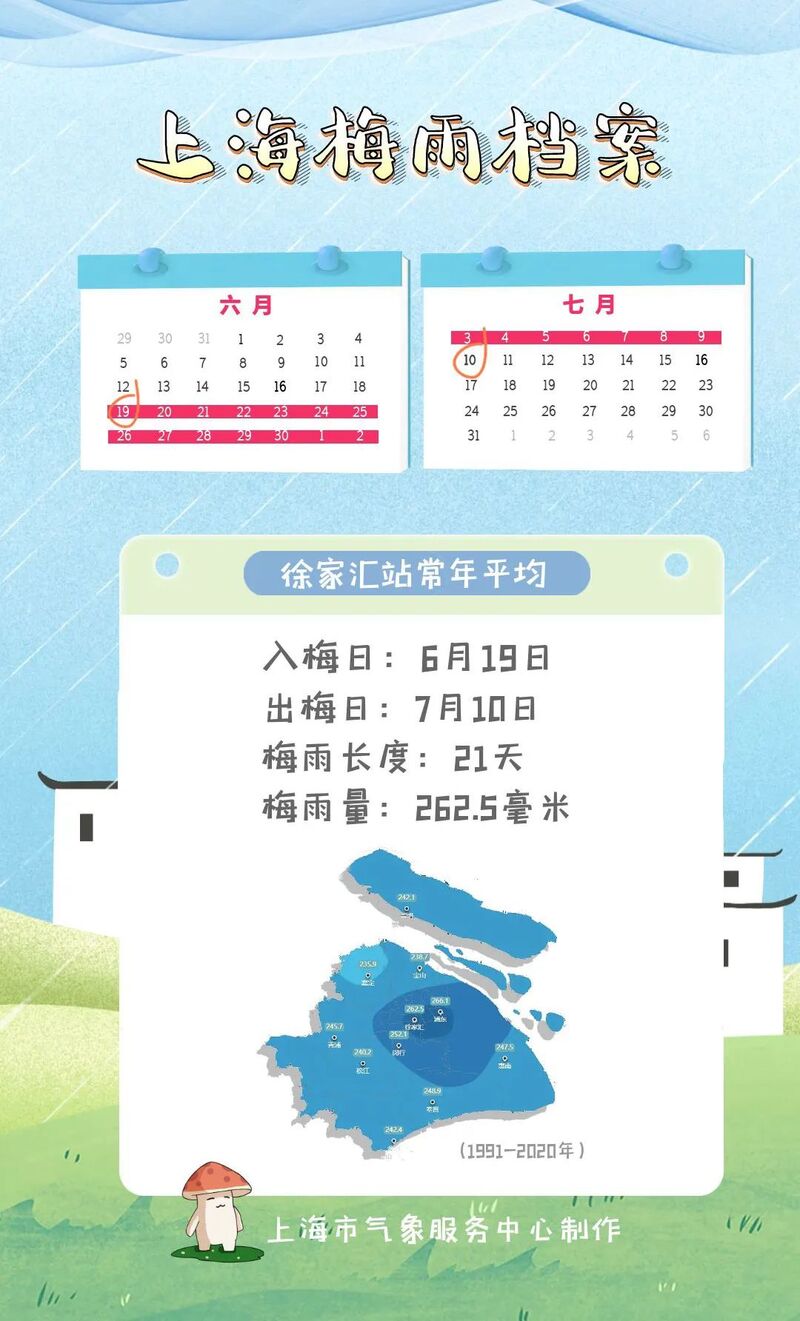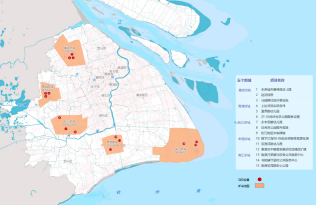The unexpected effect of the decoupling of US trade with China: Its "allies" import more from China
Editor's note
Import and export data is sometimes like a prism - reflecting different rays of light from different perspectives. Have you ever felt this way? I just saw in a news article that the import and export of these goods are declining, and then in another news article, I saw that the import and export of those goods are increasing; Yesterday I just heard that the trend of foreign trade in a certain country or region has slowed down, and today I also heard that the situation of foreign trade in a certain country or region is promising.
These seemingly contradictory expressions may be true, but they are not enough to illustrate the whole picture. Because import and export is a complex complex complex, it has a time dimension - the total amount is increasing, which does not mean that the year-on-year is increasing, which does not mean that the month on month is increasing; It has a geographical dimension - while exports to the United States are declining, perhaps exports to Southeast Asia and Africa are growing; It has a category dimension - the export of shoes and hats has decreased, perhaps at the same time, the export of machinery is increasing; It also has the dimension of exchange rate - the same commodity exported to the same region during the same period may be declining in US dollars, but increasing in Chinese yuan.
What is the overall situation of foreign trade import and export? I'm afraid it's not something that can be summarized simply by "good or bad" or one or two data points, especially in the context of accelerated adjustment of the global political and economic landscape. Starting today, the Liberation Daily Shangguan News has launched a series of reports on "New Observations on Foreign Trade Trends", attempting to present some new trends in foreign trade as a whole and reveal some underlying reasons behind the rise and fall of numbers.
***
JA Solar is going to build a factory in the United States, but the assistant general manager of the company, Lu Youjun, vaguely feels that it is not easy to build solar photovoltaics in the United States.

The first thing is the lack of an industrial chain. Manufacturing is not something that can be done as you please. When it comes to solar photovoltaic production, aluminum frames, solder strips, copper, pallets, cardboard boxes, packaging straps... there are too many things needed, and either the United States does not produce these things, or the prices are much higher than those of China.
The most absurd thing is that we may have to transport "stones" to the United States - glass used as solar panel backboards. The main component of glass is silicon dioxide, which is also known as stone. A trailer that is shorter than a small car weighs over a ton, and when stacked up to half a container high, it cannot be stacked again, resulting in extremely high transportation costs. Lu Youjun and his colleagues have calculated that manufacturing costs in the United States are 50% higher than those in China.
Since there are so many problems, why bother going? "Who wants to go there? It stirs you up every day and gives you good treatment," he said.
Lu Youjun is introducing the structure of solar photovoltaic panels. Zaifei Photography
JA Solar, along with countless other companies, is experiencing turbulence and uncertainty brought about by the global supply chain restructuring. Since 2018, the US government has been cutting off China's supply chain through various measures such as tariffs and trade barriers, while also promoting the return of manufacturing and so-called "friend shore outsourcing" and "near shore outsourcing".
From statistical data, it can be seen that the US government's "decoupling and disconnection" policy has played a certain role. Between 2017 and 2022, China's share of imports from the United States decreased from 21.6% to 16.3%. In the first half of this year, it was surpassed by Mexico and Canada and downgraded to the third largest importing country of the United States.

But when researchers further analyzed the statistical data, they found that the truth was not so straightforward. In August this year, economist Laura Alfaro from Harvard Business School published a paper suggesting that although the direct economic ties between the United States and China have weakened, the indirect links between the US and China's industrial chains - with Vietnam and Mexico as links - have even strengthened. Earlier, Caroline Froude, an economist at the University of California, San Diego, also concluded that decoupling direct trade only blurs the indirect connections between the two countries.
The analysis by The Economist magazine in the UK suggests: "Dig deeper and you will find that the United States is still reliant on China. The supply chain has become more complex and trade has become more expensive, but China's dominant position has not disappeared."
Anti globalization impacts China's exports
At Jing'ao Solar in Fengxian, Shanghai, Lu Youjun pointed to an open space surrounded by color steel panels across from the office building and said that the company will build a three-dimensional warehouse there.
"Due to slow shipments and limited inventory, we have rented out all the surrounding warehouses," he said. "If you come in June, you can still see containers in the factory area, which are loaded with heavy containers and stacked four layers, just like the port terminal." When the export situation was good, JA Solar only had one week of inventory, but now it has about two weeks, which is already considered good among peers.
This year's export is difficult, which is a common feeling among many enterprises. The solar photovoltaic industry currently has a far greater supply than demand. This year, the global demand for photovoltaic installed capacity is about 400 gigawatts, and the production capacity is 800 gigawatts, which is double the amount, leading to inventory backlog.

Many other industries are also like this. Guo Bin, Deputy General Manager of Keweirun, an e-commerce company that specializes in exporting mechanical keyboards, said that overseas sales have decreased by 50% year-on-year this year because the pandemic has passed and people have returned to a normal lifestyle, resulting in fewer people staying at home to purchase electronic products.
In the first eight months of this year, China's export volume decreased by 5.6% year-on-year. Among them, the decline in exports to the United States was particularly severe, with a decrease of 11.7%. The United States has fallen from being China's largest trading partner to third place, behind ASEAN and the European Union.
In addition to supply and demand, another important factor causing the decline in China's exports is the United States' unilateralism and protectionist policies. After Trump took office in 2017, the first shot of the trade war with China was aimed at the steel and aluminum industry. 40% of the aluminum foil products exported by Shanghai Shenhuo Aluminum Foil Co., Ltd. were originally shipped to the US market. One year later, this proportion decreased to zero. The vacant market share has flowed to competitors in countries such as South Korea and Indonesia.
Since 2018, the US government has been continuously suppressing Chinese exports, conducting investigations into the "301 clause", raising a series of tariff levels, and imposing sanctions on specific enterprises. In 2018 and 2019, the United States imposed tariffs on over 60% of Chinese imports, with a tax rate of mostly 25%.
Economist Froude found that from 2017 to 2022, the United States imported tariffs on goods from China decreased by 12.5%. Over the past five years, China's share of total US imports has decreased by 5.3 percentage points, returning to the level before the 2008 global financial crisis.
For some industries, exporting to the United States has become a thing of the past.

The connection with China's industrial chain has actually deepened
However, economic connections are often more convoluted than they appear. In an article titled "How did the United States fail to break up with China?" The Economist bluntly stated, "Decoupling is largely false."
The establishment of JA Solar's factory in the United States appears to be a fruitful result of the decoupling of the US and Chinese industries - the US will produce solar photovoltaic panels domestically, thereby reducing imports from China. But this has not cut off the connection between the photovoltaic industry in China and the United States.
Not to mention that this is a direct investment by a Chinese company in the United States, more importantly, over 70% of the global photovoltaic industry chain is located in China. After JA Solar's production in the United States, a large amount of equipment, components, and raw materials need to be imported from China. From production lines to packaging belts, it may be difficult to find a suitable supplier in the United States. The company's management is currently sorting out which items must be transported across the Pacific in the future. These will increase production costs and reduce product competitiveness. Lu Youjun said, "Some domestic peers have already built factories in the United States, but their operations have not been very successful."
If it weren't for domestic manufacturing, the United States could also break free from the Chinese industrial chain through "friendly outsourcing" and "near shore outsourcing", importing more goods from countries such as Vietnam and Mexico, but these methods are often indirectly related to China.
In Vietnam, a key outsourcing country, JA Solar has been deeply cultivating for 11 years. At first, we found a Vietnamese photovoltaic module manufacturing factory to contract the production, and later built our own factory. The export destinations were mainly the United States and Europe. Vietnam has low labor costs, but its industrial chain is backward, and photovoltaic manufacturing equipment and key components have to be imported from China. Lu Youjun said that a friend started buying Chinese equipment for foreign photovoltaic production companies by flipping over welding machines and earned billions of yuan in just a few years.

In Mexico, a key country for offshore outsourcing, Chinese companies have seen a significant increase in exports and direct investment in recent years. Chint International Co., Ltd., headquartered in Shanghai, mainly exports electrical products such as low-voltage components, low-voltage complete sets of equipment, and high-voltage transmission and transformation equipment. Cheng Zhihui, Assistant to the President of the company, said, "Mexico has built many industrial parks, and our company specializes in electrical support for industrial parks. This year, our business in Mexico has grown particularly fast, with a growth rate of about 70%." Now, Chint International is planning to establish a subsidiary in Mexico.
Since the United States launched a trade war with China, countries such as Vietnam and Mexico have seen a surge in imports from China. For example, in the past five years, Mexico's import of automotive parts from China has doubled. After assembling these car parts into a complete vehicle, the vast majority of them are exported to the United States. Data shows that countries with closer industrial ties to China have seen a faster growth rate in exports to the United States in the past five years.
Economist Alfaro wrote in his paper: These trends suggest that companies may only be shifting the last part of their long supply chain out of China. Economist Froude further studied and pointed out that "the connection with China is the key to occupying the US market. In other words, to gain a share of China's lost market share, it is necessary to deeply integrate into the Chinese industrial chain."
"The United States' decoupling policy has had a ridiculous effect: deepening its allies' ties with China," The Economist said in an article.
Only Innovation
Although the United States is promoting remanufacturing, "friend shore outsourcing", and "near shore outsourcing", the industrial chains and infrastructure of countries such as Vietnam and Mexico are far less complete than those of China. At present, the industrial chain is still in the hands of Chinese companies themselves, but what about 5 or 10 years from now?

Huang Jianzhong, President of the Shanghai International Trade Association and Professor at Shanghai University of International Business and Economics, said, "In the short term, the industries of Southeast Asian countries are still at the low-end or have gaps. However, the concentration of Chinese enterprises going abroad will have a very important driving effect on the upgrading of Southeast Asian industries. Perhaps in three to five years, Southeast Asia will no longer be our partner, but will become a competitor."
30% of the production capacity of Shenhuo aluminum foil has shifted to aluminum foil for new energy power batteries.
Six or seven years ago, China produced 70% of the world's aluminum foil. Shenhuo Aluminum Foil Export Minister Mei Xiaojun said, "When the United States anti-dumping against us in 2017, the industry was very confident that Americans couldn't resist. If we don't import from China, where else can we import from?" However, surprisingly, after the United States, countries such as Argentina, India, the European Union, and Brazil have successively launched anti-dumping and subsidy investigations into Chinese aluminum products. "In recent years, we have been constantly being beaten and changing markets," said Mei Xiaojun. "It has evolved to the present day that foreign supply chains have been improved, and aluminum foil production capacity has been increased in countries such as South Korea, Indonesia, and Europe, no longer requiring China. Next, it will be difficult for our industry."
Because of difficulties, Shenhuo Aluminum Foil strives for survival in innovation. With the outbreak of China's new energy vehicle industry, Shenhuo Aluminum Foil has found new growth points. In the past two to three years, the company has gradually shifted towards aluminum foil for new energy power batteries, and the proportion of related production capacity has increased from zero to 30%.
Lu Youjun of JA Solar also has similar concerns. Nowadays, the equipment, core components, technology, and even engineers of overseas photovoltaic manufacturing companies all come from China, but foreign countries are catching up and trying to replicate the successful path of China's manufacturing industry. Perhaps they can't be separated from Made in China yet, but who can say for sure about the future? Lu Youjun said, "So we have been playing games with them all along. We cannot ignore them, but we cannot be unreserved."
However, while worrying, Lu Youjun still felt that "they can't do it because they don't have the hardworking and hardworking spirit of the Chinese people." In fact, this feeling is not unfounded. New York State has invested nearly $1 billion to build a solar photovoltaic factory and leased it to Tesla for $1 per year. The original intention of the project is to create a manufacturing center, but the revenue for each dollar invested is only 54 cents; According to The Wall Street Journal, the only newly opened enterprise near this factory is a caf é.

Chint built an instrument factory in Uganda last year.
The mentality of worrying about both entering and exiting is widely present in Chinese export enterprises. Cheng Zhihui from Chint International said, "We don't want to see a situation where our apprentices learn well but our masters are gone. We have some precautions, such as not keeping our core technology abroad. In addition, we will also register some patents locally."
But Cheng Zhihui believes that prevention and barriers are not the core, because even patent protection has a validity period. He believes that holding onto is impossible, and Chinese companies still need to shape their competitiveness - brand, marketing, and product competitiveness.
This is also what economists such as Huang Jianzhong hope for: while shifting away from low-end processing links, upgrading domestic industries, moving upstream in the industrial chain, and forming complementarity with Southeast Asian countries.
"Only by constantly innovating and developing better and more advanced technologies," said Cheng Zhihui.




